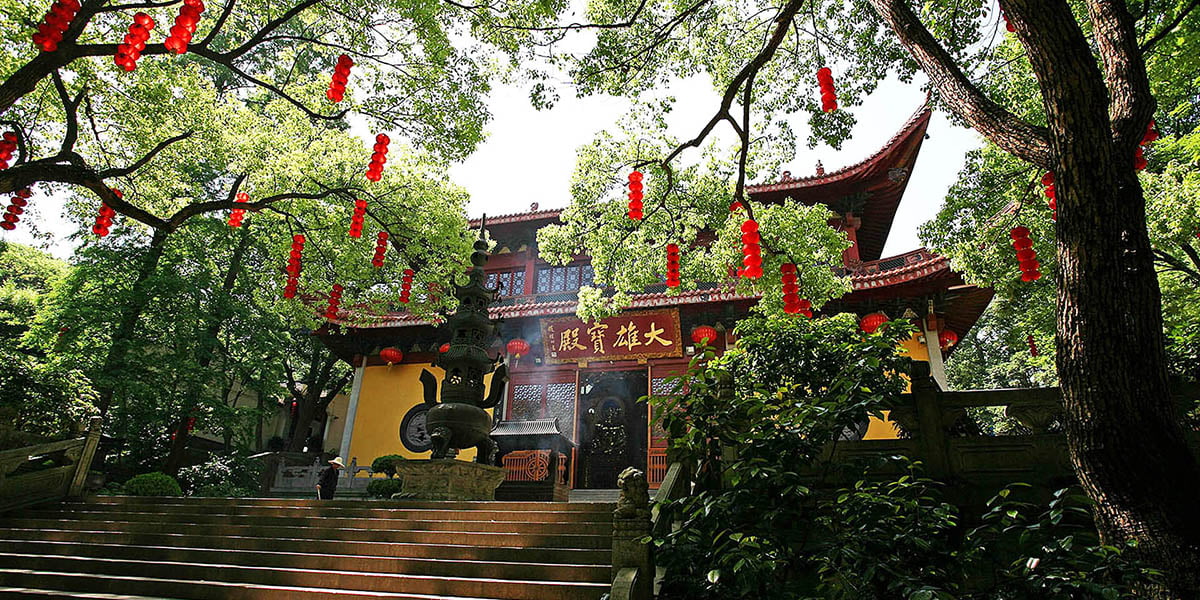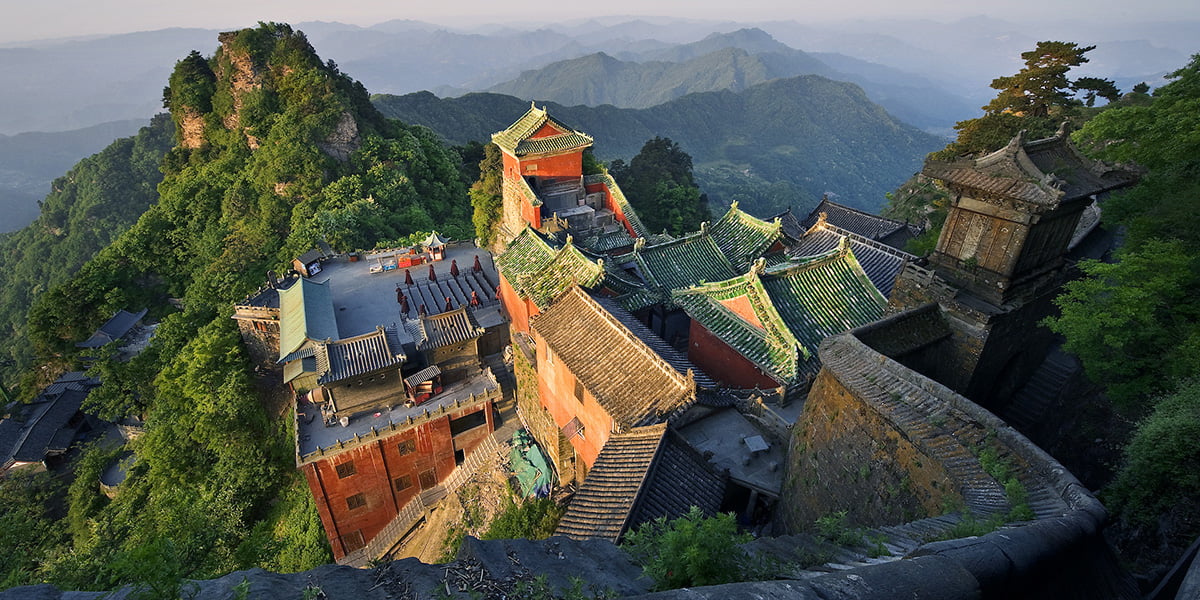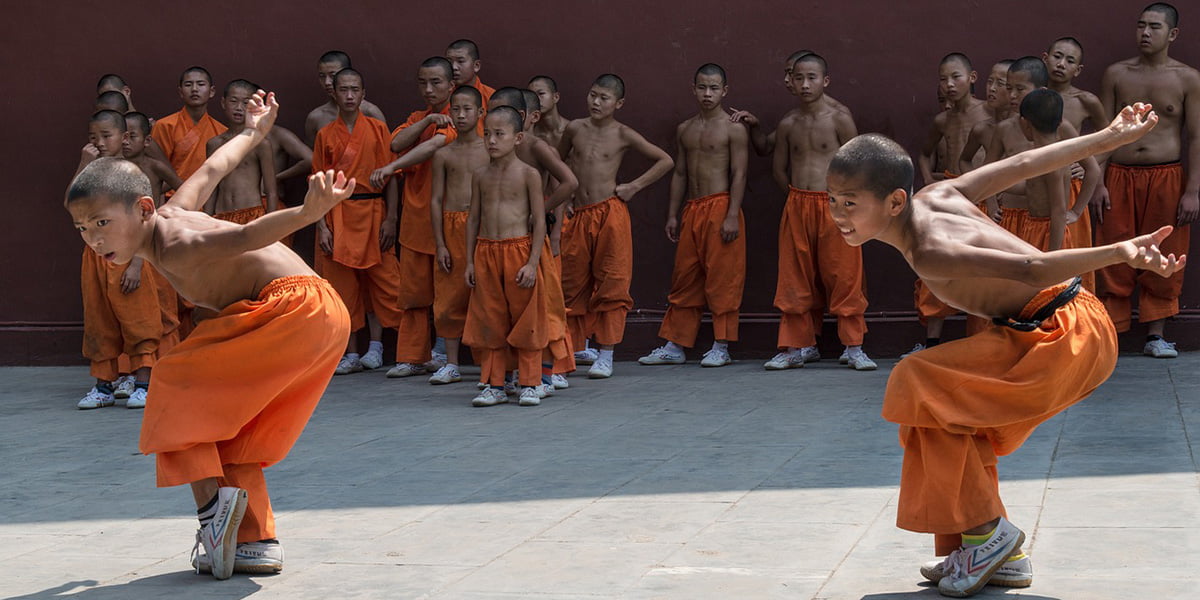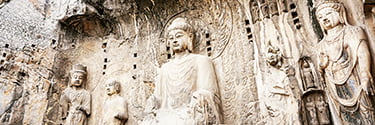Exploring China’s Timeless Beauty: Ancient Chinese Architecture and Your Journey
China, a land where ancient traditions blend harmoniously with modernity, is a treasure trove of history, culture, and breathtaking landscapes. One of the most captivating aspects of this nation’s rich heritage is its ancient architecture. From majestic temples that touch the heavens to intricate palaces that whisper tales of dynasties past, China’s architectural wonders have a story to tell. In this journey, we will unravel the mysteries and philosophies behind ancient Chinese architecture and how it is intimately connected to your travel experiences across this diverse and vibrant land.

Discovering the Art of Balance in Beijing
Our architectural exploration begins in the heart of China, Beijing, where the Forbidden City stands as an epitome of imperial grandeur. As you step through the gates of this iconic palace complex, the vast courtyards and intricate rooftops transport you to a bygone era. The ancient Chinese believed in the harmonious balance of yin and yang, and the Forbidden City’s meticulous layout exemplifies this concept. The rigid symmetry of its design, along with the vibrant reds and golds, symbolize power and prosperity.
Exploring the Forbidden City is like stepping into the pages of history. As you wander through its labyrinthine halls, you’ll gain a deeper understanding of the imperial court’s customs, the significance of dragon motifs, and the importance of Feng Shui in ancient Chinese architecture. Each courtyard and building has a story to tell, and your journey through this architectural masterpiece is a journey back in time.

Seeking Serenity in Suzhou’s Classical Gardens
Leaving the grandeur of Beijing behind, we travel to Suzhou, a city renowned for its classical Chinese gardens. Here, ancient Chinese architecture takes on a different form, one that prioritizes tranquility and harmony with nature. Suzhou’s classical gardens are a testament to the ancient Chinese philosophy of balancing the human world with the natural world.
As you wander through the Humble Administrator’s Garden or the Lingering Garden, you’ll encounter exquisite pavilions, meandering walkways, and serene lotus ponds. These gardens are meticulously designed to evoke emotions and stimulate the senses. The use of open spaces, intricate latticework, and the sound of trickling water channels all contribute to an atmosphere of serenity.
In Suzhou, ancient Chinese architecture isn’t just about structures; it’s about creating a harmonious environment where humans and nature coexist in perfect balance. As you explore these gardens, you’ll not only witness architectural beauty but also gain insights into the profound connection between the Chinese people and their natural surroundings.

Ascending to Spirituality in the Temple of Heaven, Beijing
Returning to Beijing, we embark on a spiritual journey to the Temple of Heaven, a masterpiece of ancient Chinese architecture and religious significance. Built during the Ming Dynasty, this temple complex was where emperors offered sacrifices to heaven, seeking divine favor for a fruitful harvest. Its design is a testament to the ancient belief that architecture could bridge the earthly and the divine.
As you stand before the Hall of Prayer for Good Harvests, a circular structure crowned with a blue-tiled roof, you’ll be in awe of its architectural precision. The intricate wooden beams and the three-tiered eaves symbolize the heavens, the earth, and humanity’s connection between them. It’s a place where ancient Chinese emperors sought to maintain harmony with the cosmos.
Visiting the Temple of Heaven offers not only a glimpse into ancient Chinese architecture but also a profound insight into the spiritual beliefs that shaped the nation’s history. It’s a place where you can reflect on the interconnectedness of the human and divine realms.

Marveling at Xi’an’s Terracotta Army and Its Architectural Legacy
Our architectural journey takes us to Xi’an, home to the world-renowned Terracotta Army. While not a traditional architectural wonder, the sheer scale and complexity of this archaeological site showcase the meticulous craftsmanship of ancient Chinese builders and artisans.
As you stand before the life-sized terracotta soldiers, horses, and chariots, you’ll marvel at the attention to detail and the precision with which each figure was crafted. This monumental achievement is a testament to the engineering prowess of ancient China.
While in Xi’an, take a moment to explore the city’s ancient city wall, which dates back to the Ming Dynasty. The well-preserved wall is a reminder of the city’s historical importance and offers panoramic views of the city’s juxtaposition of ancient and modern architecture.

Connecting Ancient Chinese Architecture to Your Travel Experience
Ancient Chinese architecture is not just about admiring historical structures; it’s about immersing yourself in the cultural and philosophical tapestry of China. When you explore these architectural wonders, you’re not merely witnessing history; you’re becoming a part of it.
As you walk through the Forbidden City’s majestic halls, you’ll appreciate the grandeur of imperial China and the symbolism embedded in every detail. In Suzhou’s classical gardens, you’ll experience the delicate balance between man and nature, gaining insights into the essence of Chinese aesthetics. The Temple of Heaven in Beijing will awaken your spiritual curiosity, connecting you to the profound beliefs that have shaped Chinese civilization for centuries. And in Xi’an, you’ll witness the incredible craftsmanship of ancient builders and the monumental scale of their achievements.

How to Experience Ancient Chinese Architecture in Your Travels
In conclusion, ancient Chinese architecture is a gateway to understanding the heart and soul of this remarkable nation. By exploring these architectural wonders, you not only embark on a journey through history but also connect with the enduring philosophies and traditions that have shaped China for millennia. So, whether you’re drawn to the grandeur of imperial palaces or the serenity of classical gardens, let ancient Chinese architecture be your guide to a deeper appreciation of this diverse and culturally rich land. Your journey awaits, and with each step, you’ll unravel the secrets of China’s timeless beauty.




